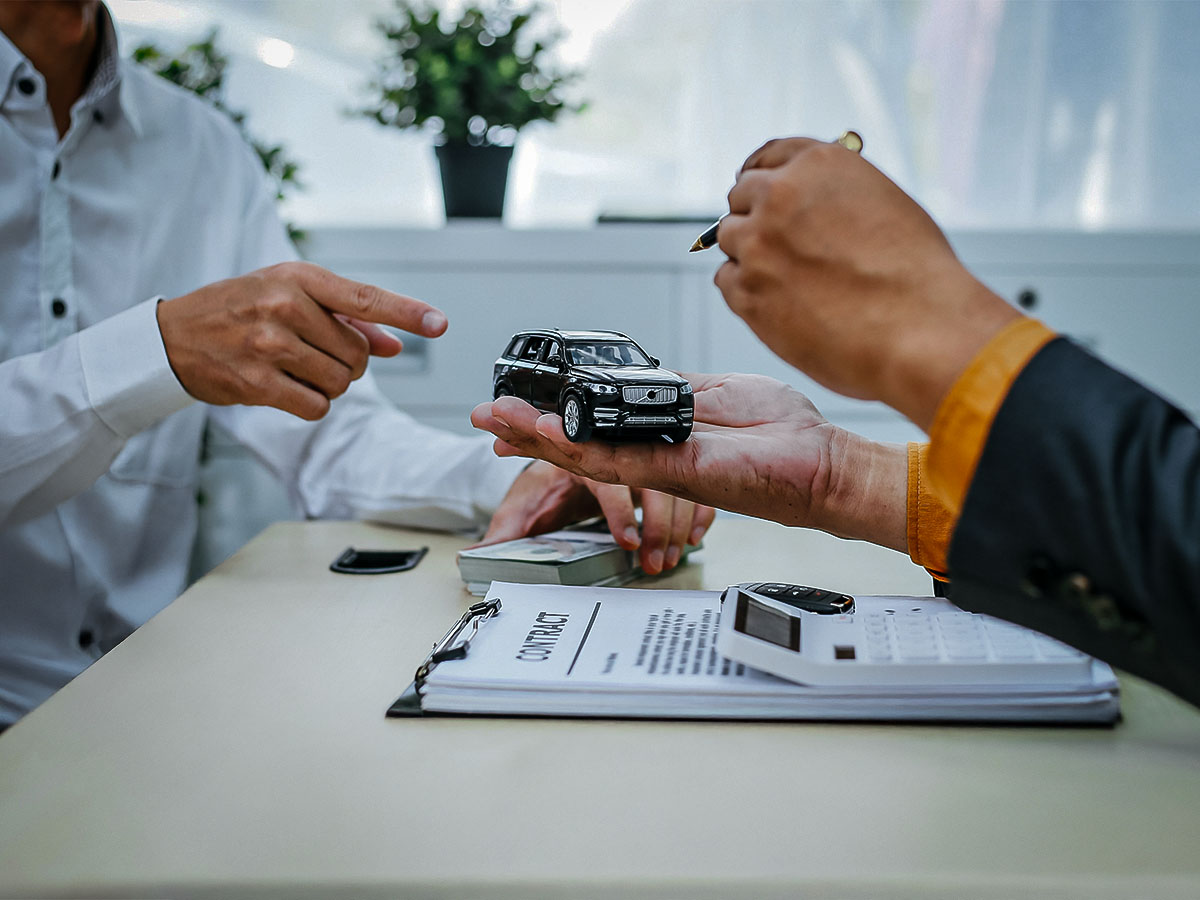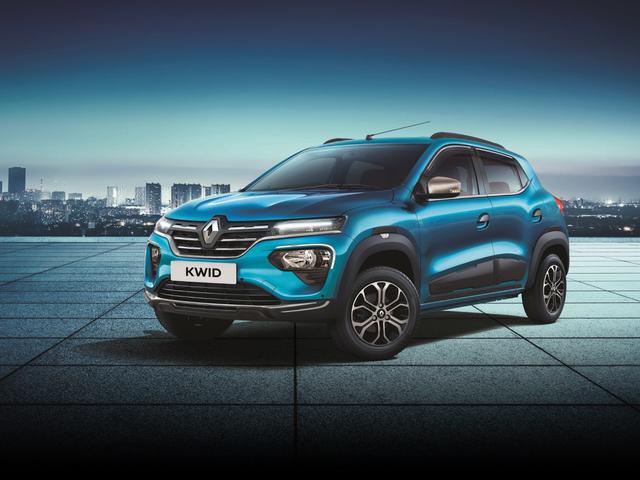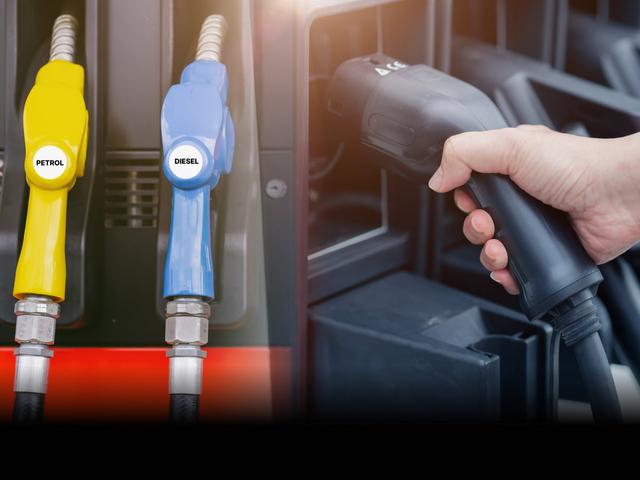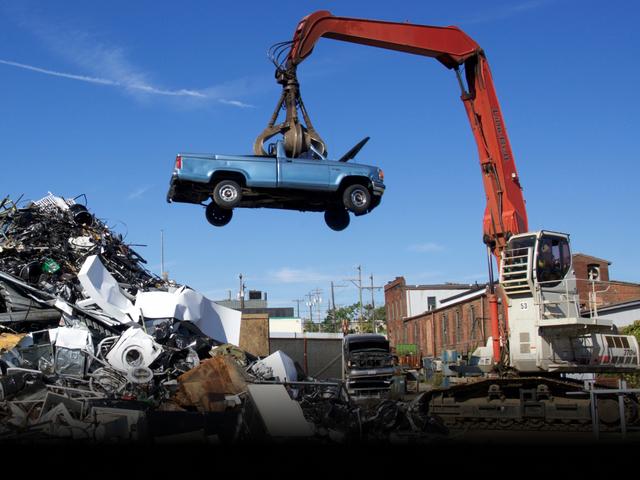


Blink blink !
Its almost here


Why Pre Delivery Inspection (PDI) for Used Cars is a Must: A Comprehensive Guide
- 1A used car PDI uncovers issues even test drives fail to reveal
- 2Verifying paperwork during PDI prevents legal and transfer issues
- 3A thorough PDI gives you negotiation power and long-term savings
- What a PDI stands for when considering Used Cars in India
- The Real Risks When You Skip a PDI on a Used Car
- What a Proper PDI Tells You That Test Drives Don’t
- Why PDIs Matter Even for Certified or Dealer-Sold Cars
- How a PDI Protects Your Money and Your Negotiating Power
- What to Bring and What to Look for During a Used Car PDI
- Why You Must Verify the Paper Trail
- How PDIs Can Reveal Illegal Modifications or Rebuilds
- When to Consider a Third-Party Inspection
- Conclusion
The appeal behind used cars in India is growing by the year. Second-hand car buyers are increasingly choosing the used market due to its affordability, wide variety, and lower depreciation. Understandably, these attributes are huge draws for not just first-time buyers but also second-car households.
While the savings that a used vehicle provides is highly attractive, the risk of getting a poorly maintained or tampered car is very real. It’s here that a Pre-Delivery Inspection (or PDI) can be hugely beneficial. It not only helps you save money but also uncover other hidden problems, poor repairs, and critical mechanical faults. This article runs through all the dos and don’ts you should follow before purchasing a used car in India.
What a PDI stands for when considering Used Cars in India

A Pre-Delivery Inspection for used cars goes beyond basic checks — it ensures that the car justifies its asking price, whether it’s a first-owner vehicle or not. This inspection covers mechanical health, cosmetic condition, ownership records, accident history, and paperwork validation.
Key areas a used car PDI should include
- Engine and transmission performance
- Clutch, brakes, and suspension health
- Odometer and signs of tampering
- Battery condition and tyre wear
- Air conditioning and electricals
- Paintwork, underbody rust, and accidental repairs
- Ownership documents, insurance, service history
- RC match, loan clearance, hypothecation status
For older or out-of-warranty cars, a thorough PDI is your best defence against post-purchase surprises.
The Real Risks When You Skip a PDI on a Used Car
When you're dealing with a used car, appearances can be deceiving. Many sellers invest in cosmetic touch-ups to make the car look newer, hiding deeper problems underneath. Without a comprehensive and competent PDI, you might drive off in a vehicle that feels fine on day one but demands expensive repairs within weeks.
Here’s what you risk when you skip the PDI
- Odometer fraud: Rolled-back metres to inflate resale value
- Engine wear: Delayed oil changes or overheating problems
- Transmission issues: Hard shifts or clutch damage
- Frame damage: Poorly repaired accidents passed off as “minor scratches”
- Electrical faults: Power windows, infotainment, or sensors not working
Pending dues: Unpaid loans, challans, or unclear ownership history
These aren’t just minor annoyances; they directly affect the car’s performance and can lead to significant post-purchase expenses.
What a Proper PDI Tells You That Test Drives Don’t

A short test drive won’t reveal everything. Many problems, like cooling system faults or drivetrain vibrations, show up only under prolonged use. A PDI goes beyond that five-minute spin around the block and tells you what the car has really been through.
What PDIs can reveal that test drives can’t
- Cold start behaviour: Smoke, knocking, or misfiring
- Suspension noise over potholes or speed bumps
- Fluid leaks under the car that appear after idling
- Steering alignment and uneven tyre wear
- Battery health checked via voltage tools
- AC cooling efficiency in different modes
- Brake pad condition without guesswork
These findings give you a much clearer picture — and bargaining power — than any test drive ever could.
Why PDIs Matter Even for Certified or Dealer-Sold Cars
Certified used car dealerships are becoming common in India, but even these platforms don’t guarantee perfection. Many claim a “140-point check,” but there’s no transparency about what they check, who does it, or whether they’re qualified.
A personal or third-party PDI is still essential because
- Certified doesn’t always mean trouble-free
- Inspections are often done in-house with limited accountability
- You won’t know the real condition unless you verify it
- Some dealers ignore major mechanical flaws that are costly to fix
Most platforms won’t refund you after the car leaves the showroom
In India, certified dealers offer some peace of mind — but a second layer of inspection gives you control and confidence.
How a PDI Protects Your Money and Your Negotiating Power

Used car prices are highly negotiable. A solid PDI helps you understand what the car is truly worth and gives you room to bargain with facts, not feelings. If the car needs brake work or new tyres, that’s money you’ll spend — so it should reflect in the final price.
With a proper PDI in hand, you can
- Spot high-maintenance red flags early
- Push back on overpricing based on wear and tear
- Avoid post-purchase service costs by negotiating up front
- Walk away confidently if something doesn’t add up
- Compare multiple options with a common standard
This works whether you’re buying from a big dealership, a local broker, or a direct seller.
What to Bring and What to Look for During a Used Car PDI
You don’t need to be a mechanic to inspect a used car — just be observant, systematic, and thorough. Carry a checklist and spend at least 45 minutes going through every point.
Bring these along for your PDI
- Flashlight
- Tyre tread depth gauge
- OBD scanner (if possible)
- PDI checklist (downloadable or printed)
- Phone to take photos/videos
Mechanically inclined friend (optional but helpful)
Check these key areas during your inspection
- Cold start sound and idle RPM stability
- AC cooling and heater output
- Dashboard lights (especially engine check light)
- Brake feel, clutch bite point, gear smoothness
- Paint uniformity and door alignment
- Signs of water entry or rust under carpets and boot
- VIN consistency across documents and engine bay
Why You Must Verify the Paper Trail

In India, car paperwork often gets overlooked, especially in casual sales or broker deals. But even if the vehicle checks out physically, incorrect documentation can stall transfers, block loans, or worse — land you in legal trouble.
Documents to verify during a used car PDI
- RC (Registration Certificate): Owner name, state, engine/chassis numbers
- Insurance: Validity, claim history (check for frequent repairs)
- Pollution Under Control (PUC): Up to date
- Service records: Helps verify mileage and upkeep
- Loan closure NOC: If the car was under finance
- Invoice copies for major repairs: Optional but useful for transparency
Challan check: Verify with state RTO websites
Avoid cars with unclear ownership or missing service history unless heavily discounted — and always verify the registration number through platforms like VAHAN or RTO portals.
How PDIs Can Reveal Illegal Modifications or Rebuilds
Some second hand cars carry serious structural or mechanical modifications — cut-and-weld jobs after major accidents, or non-OEM parts fitted in critical areas like the suspension or brakes. Sellers rarely disclose this unless caught.
PDI checks that can expose hidden mods
- Uneven panel gaps and weld marks
- Aftermarket parts in the engine bay or underbody
- Colour mismatch inside the bonnet or boot (respray signs)
- Poorly aligned doors or boot lids
- Airbags removed or never replaced after deployment
- Unstable ride quality or suspension sag
These aren’t just cosmetic issues — they affect your safety, resale, and insurability.
When to Consider a Third-Party Inspection

If you don’t have the time, tools, or technical knowledge, a third-party inspection is a smart investment. Several services in India now offer doorstep used car evaluations with detailed reports.
Advantages of third-party inspections
- Independent, unbiased assessment
- Comprehensive mechanical and electrical diagnostics
- Clear estimate of repair costs
- Great for outstation purchases or online used car deals
Some offer buy-back protection if major flaws are missed
Prices usually range from ₹800 to ₹2000 depending on the city, car type, and service provider — worth every rupee if you’re spending lakhs on the car itself.
Conclusion
A Pre-Delivery Inspection isn’t just for new cars. In the used car market — especially in India — it’s your strongest line of defense. Whether you’re buying a five-year-old used hatchback or a premium SUV, a proper PDI separates good deals from bad decisions. You don’t just inspect a car — you inspect peace of mind.
Don’t let shiny paint or a friendly dealer talk you into a rushed sale. A detailed PDI puts you in the driver’s seat, long before you turn the key. Take your time, take control, and drive away smart.
Frequently Asked Questions
Expand all

Blink blink !
Its almost here

















.jpg&w=640&q=75)





Blink blink !
Its almost here

-Explained-_-Decoding-Bharat-Stage-7_-What-It-Means-for-India-and-You.jpg&w=828&q=75)









